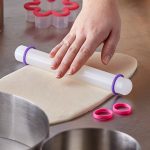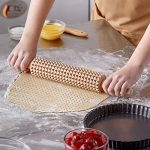Importance of Choosing the Right Dog Kennel Bowl
Selecting the right dog kennel bowls is crucial for your dog’s well-being. A proper bowl ensures your dog eats and drinks comfortably. It also prevents potential health and behavior issues related to feeding.
How Kennel Bowls Impact Your Dog’s Health and Comfort
Kennel bowls play a key role in maintaining your dog‘s health. A poorly chosen bowl may cause neck strain or digestion problems. The right size and material reduce stress on joints and improve eating posture. Comfortable bowls encourage proper hydration and meal consumption, supporting overall health.
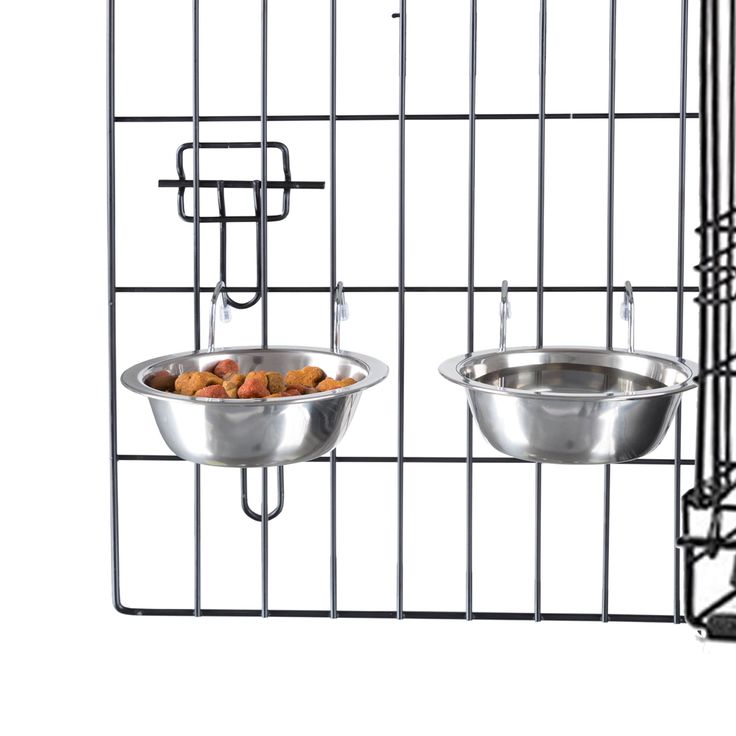
Benefits of a Properly Sized and Designed Bowl
A properly sized bowl prevents overfeeding or spilling. It supports balanced nutrition by accommodating the right food quantity. Well-designed bowls, such as elevated ones, promote easier access and reduce mess. Durable materials ensure long-term use, keeping feeding routines consistent.
Types of Dog Kennel Bowls
Choosing the right material for your dog kennel bowl is essential. Each type has benefits and considerations. Here’s a breakdown of common kennel bowl materials and styles to help you decide:
Stainless Steel Bowls
Stainless steel bowls are highly durable and rust-resistant. They are lightweight and long-lasting. These bowls do not harbor bacteria, making them hygienic for everyday use. They are also easy to clean and often dishwasher-safe. Their sturdy design prevents cracking and breaking, even with rough use. Stainless steel bowls are a top choice for their practicality and versatile fit for all dog breeds.
Plastic Bowls
Plastic bowls are light, affordable, and widely available. They often come in different colors and designs. However, they are prone to scratches that can trap bacteria. Over time, they may absorb odors or discolor. Some dogs may chew or damage plastic bowls. Choose BPA-free and toxin-free plastics to ensure safety. These bowls can be suitable for travel or as backup options.
Ceramic Bowls
Ceramic bowls are heavy and less likely to tip over. They feature stylish designs and colors. Many ceramic bowls come with a protective glaze to make them non-porous. However, they are breakable if dropped and may chip. Ensure the ceramic bowl is labeled food-safe and free from harmful chemicals. These bowls are a great choice for quiet feeders in a stationary setting.
Elevated Kennel Bowls
Elevated kennel bowls stand on a raised platform or frame. They are ideal for large or senior dogs. These bowls help promote better posture and reduce neck strain while feeding. They also minimize spills and messes on the floor. Adjustable elevated bowls are versatile for growing or multiple dogs. They are especially useful for dogs with arthritis or mobility issues. Elevated bowls combine function and comfort effectively.
By understanding these types, you can select the most suitable dog kennel bowl to meet your pet’s specific needs.
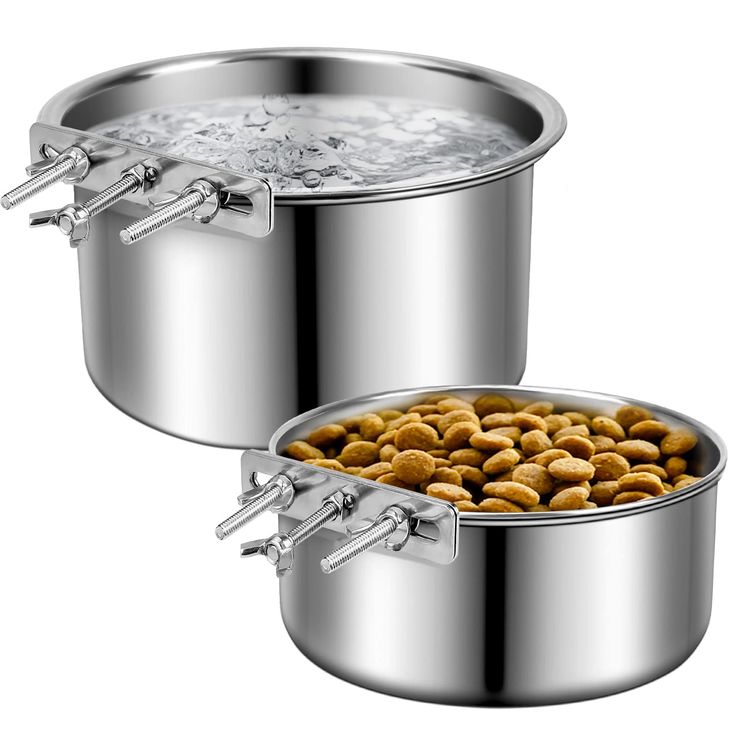
Factors to Consider When Selecting Dog Kennel Bowls
Choosing the right dog kennel bowl involves considering crucial factors. Selecting the perfect bowl ensures health, safety, and ease for your dog during meal times. Here are the key aspects to evaluate when making your decision.
Bowl Size for Different Dog Breeds
Bowl size must suit your dog’s breed and size for optimum comfort and practicality. For small dogs, choose a shallow bowl that prevents strain on their necks. Smaller bowls also help control portion sizes, which is beneficial to avoid overfeeding. On the other hand, large dogs require deeper bowls to accommodate their bigger meals. This ensures that they can comfortably access their food without spilling it everywhere. Additionally, senior dogs may benefit from bowls that are designed for slower feeding. These specially designed bowls can help prevent choking and allow older dogs to eat at a more manageable pace. Always choose a bowl size that promotes natural and comfortable eating habits.
Material Safety and Durability
Safety remains a paramount concern when selecting dog bowls. Always opt for food-safe materials that are free from harmful toxins. Stainless steel bowls excel in hygiene and durability. They resist rust and are often dishwasher-safe, making cleanup simple. Ceramic bowls also provide a non-porous option when glazed correctly. However, ensure that any ceramic bowls meet established safety standards to avoid lead or other harmful substances. Plastics offer a lightweight alternative, but they must be BPA-free. Furthermore, choose plastic that is resistant to biting or scratching to prevent the growth of bacteria. Durability is especially important if your dog is energetic or tends to be rough with their belongings. Selecting sturdy materials guarantees longevity and reliable use, which ultimately saves you money in the long run.
Ease of Cleaning and Maintenance
A bowl that is easy to clean becomes essential for preventing bacteria and odor buildup. Stainless steel bowls stand out as they are dishwasher-safe and non-absorbent, allowing for thorough cleaning after each meal. Glazed ceramic bowls also provide a smooth surface that is simple to wipe clean. In contrast, plastic bowls must be cleaned with extra care to avoid bacteria hiding in scratches. Consider solutions that are dishwasher-safe, as they save time and ensure a high standard of sanitation. Proper cleaning practices also play a role in preventing mold or grime accumulation, which can pose health risks to your furry friend. Keep your dog’s kennel bowl hygienic and safe by choosing options that align with easy maintenance.
By considering these factors, you can choose the perfect dog kennel bowl that meets your pup’s needs and promotes their well-being.
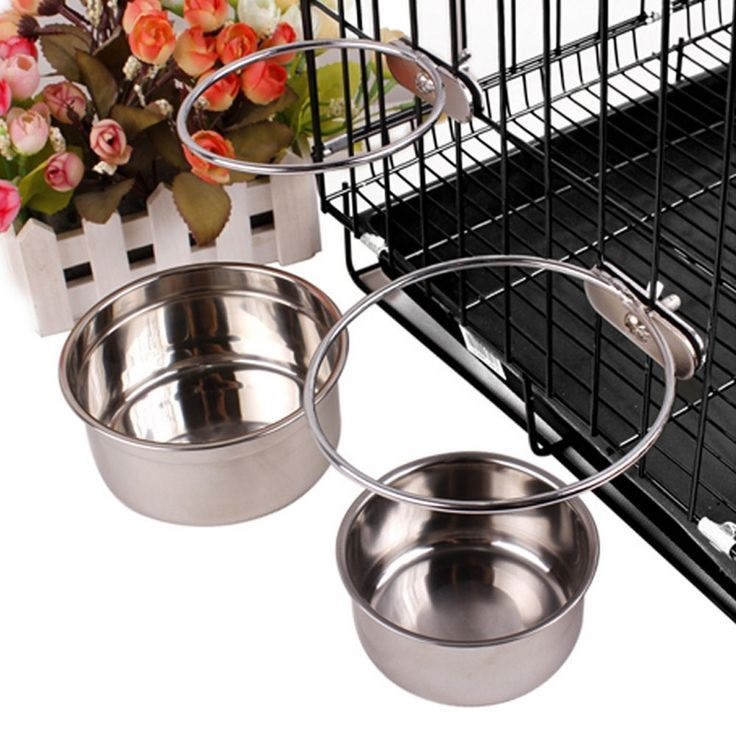
Specialized Bowls for Unique Needs
When it comes to feeding our furry friends, specialized bowls can cater to their unique needs. These bowls offer innovative solutions that enhance the eating experience for different types of dogs. From active pups to slow eaters, using the right bowl can significantly improve their feeding habits.
Anti-Slip Bowls for Active Dogs
Active dogs often push or tip bowls during feeding. Anti-slip bowls solve this problem effectively. These bowls have rubber or silicone bases to stay stable on all surfaces. They prevent spills and reduce mess, making feeding easier. Choose durable materials to withstand wear from energetic dogs. Anti-slip bowls combine practicality with comfort for active pups.
Spill-Proof Bowls for Travel Kennels
Traveling with dogs requires secure and spill-free feeding solutions. Spill-proof bowls are designed for portability and safety. Their unique shapes and lids minimize water or food sloshing. These bowls work well in moving cars or when setting up portable kennels. Lightweight and compact designs make them easy to carry. Spill-proof bowls help maintain cleanliness during trips, ensuring convenience for pet owners.
Slow Feeder Bowls for Dogs Prone to Gulping
Fast-eating dogs risk choking or digestion issues during meals. Slow feeder bowls promote safer eating rates. They have ridges or maze-like patterns that prevent gulping. These bowls encourage chewing and slower food consumption for better health. They suit dogs prone to obesity or upset stomachs. Select durable and easy-to-clean materials for practicality. Slow feeder bowls balance safety and wellness effortlessly.
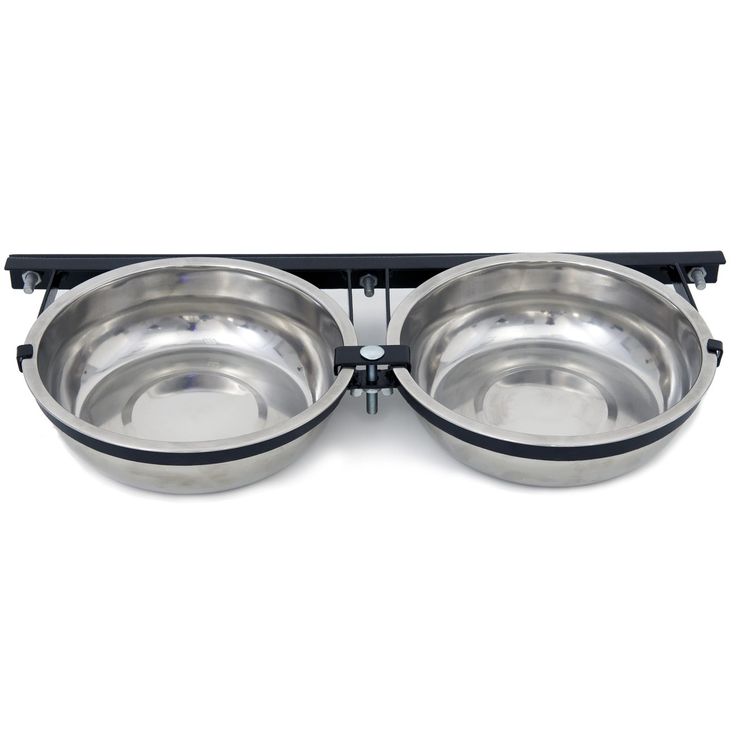
Placement and Installation Tips for Kennel Bowls
Proper placement and installation of dog kennel bowls ensure safety and convenience. A well-secured bowl prevents spills and helps maintain hygiene. Placement considerations also improve your dog’s comfort during feeding.
Securing Bowls in the Kennel
Securing kennel bowls reduces mess and ensures stability during feeding. Here are tips to keep bowls in place:
- Use Clamp-On Bowls: These attach to the kennel bars for a secure fit. They prevent tipping or sliding.
- Non-Slip Bases: Choose bowls with rubber bases to keep them steady on smooth surfaces. Active dogs benefit the most from this feature.
- Velcro or Suction Attachments: Add velcro straps or suction cups for added stability. These are ideal for kennels with flat surfaces.
- Check for Tight Fit: Regularly inspect clamps or fasteners to ensure a firm hold. Loose fittings may cause spills.
Proper securing reduces cleanup efforts and keeps food and water accessible.
Optimal Bowl Height for Comfort and Safety
The height of the bowl affects your dog’s feeding posture. Adjust bowl placement for convenience. Follow these guidelines:
- Large Dogs: Use elevated bowls for large breeds. This reduces neck strain while eating.
- Small Dogs: Keep bowls at floor level. Avoid elevated options that may strain smaller breeds.
- Senior Dogs: Adjust the height for aging dogs. Elevated bowls help with mobility and ease feeding.
- Multi-Dog Households: Customize height and placement for each dog’s size and eating style.
- Travel Kennels: Secure bowls at an accessible height. Ensure stability to prevent food or water spills in transit.
Proper bowl placement enhances eating comfort and minimizes feeding-related stress for your dog.
Common Mistakes to Avoid When Choosing Kennel Bowls
Selecting inappropriate dog kennel bowls can affect your dog’s health and feeding routine. Here are common mistakes to avoid:
Ignoring Dog Size and Breed
Every dog breed has unique feeding needs. Using the wrong bowl size can cause discomfort. Small dogs need shallow bowls to prevent neck strain. Large dogs benefit from deeper or elevated bowls for better posture. Adjust the bowl size based on your dog’s breed and age. Puppies require smaller bowls, while senior dogs may need elevated options. Ignoring breed-specific needs can lead to poor feeding habits and stress.
Overlooking Cleaning Features
Cleaning the bowl regularly is essential to prevent bacteria and odors. Choosing hard-to-clean bowls can lead to hygiene issues. Stainless steel bowls are easy to clean and dishwasher-safe. Ceramic bowls with smooth, glazed surfaces are also easy to maintain. Plastic bowls, if scratched, can trap bacteria and become harder to sanitize. Ensure the material is stain-resistant and durable for long-term use. Neglecting cleaning features endangers your dog’s health over time.
Using Unsuitable Materials
Material choice is critical for your dog’s safety and comfort. Not all materials are pet-safe. Avoid bowls containing BPA, harmful chemicals, or toxic glazes. Plastic bowls are lightweight but may not withstand chewing. Ceramic bowls, though stylish, can chip or break easily. Stainless steel bowls are resilient and safe for daily use. Using unsuitable materials risks your dog’s safety and increases replacement costs. Always prioritize safety and durability when picking a bowl.
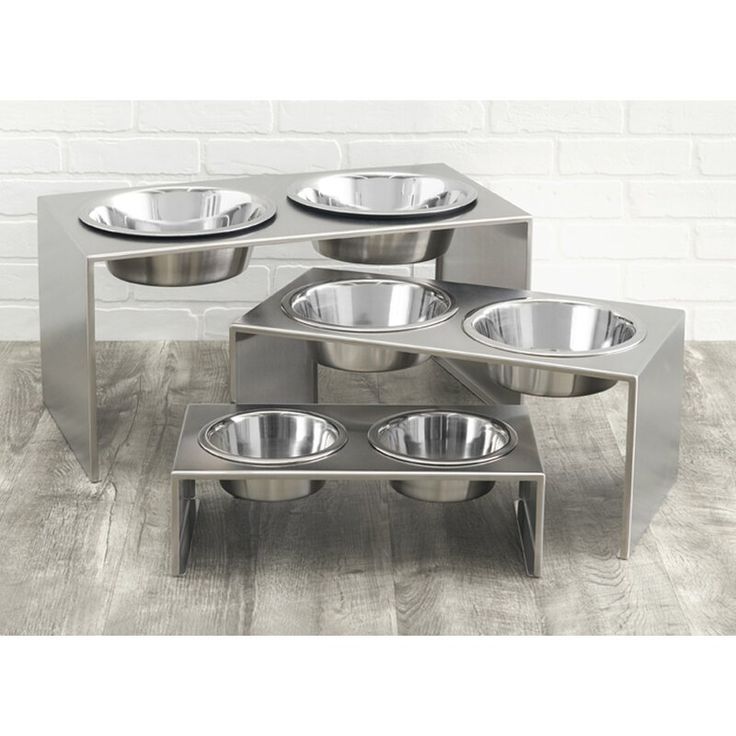
Maintenance Tips for Kennel Bowls
Proper maintenance of dog kennel bowls plays a vital role in ensuring hygiene, durability, and your pet’s health. By following these simple tips, you can keep the bowls clean and functional for your furry friend.
Daily Cleaning Guidelines
Daily cleaning of your dog kennel bowls is essential for preventing bacterial buildup and unpleasant odors. Regular cleaning not only keeps the bowls fresh but also safeguards your pet’s health. To effectively clean the bowls, start by washing them with warm, soapy water after every meal. This routine removes any leftover food and helps maintain a hygienic feeding environment.
When cleaning, always use non-toxic cleaners that are safe for pets. Many detergents contain harsh chemicals that can leave harmful residues. Opt for pet-safe alternatives to ensure your dog’s safety. Scrub the bowls thoroughly using a sponge or brush to eliminate leftover food particles and water stains.
After washing, dry the bowls completely. You can either air-dry them or use a clean towel. This step is crucial to preventing mold growth and rusting, especially for stainless steel bowls. Additionally, consider disinfecting the bowls weekly. A simple solution of diluted vinegar or a pet-friendly disinfectant can help maintain hygiene. Overall, daily cleaning significantly enhances your dog’s feeding area, keeping it safe and sanitary.
Identifying Signs of Wear and Tear
Regular inspection ensures your kennel bowls remain safe for use. Watch out for these warning signs:
- Scratches and Cracks: Check for scratches on plastic bowls and cracks in ceramic bowls.
- Rust or Corrosion: Examine stainless steel bowls for rust, especially in humid environments.
- Chipping or Breaking: Inspect ceramic bowls for chips that can harm your dog.
- Fading Coatings: Look for wear on protective glazes or finishes.
- Odor Retention: Replace bowls that retain food smells even after cleaning.
Identifying issues early prevents risks and ensures longevity.
Best Practices for Long-Term Usage
To maximize the lifespan of your dog kennel bowls, follow these practical tips:
- Rotate Bowls: Use multiple bowls to extend their wear and simplify cleaning schedules.
- Store Properly: Keep unused bowls dry and away from direct sunlight to prevent damage.
- Replace Worn Bowls: Upgrade to new bowls once signs of wear appear.
- Use Quality Materials: Select durable options like stainless steel or glazed ceramic.
- Avoid Harsh Cleaning Tools: Stick to soft sponges to prevent scratches.
Consistent maintenance ensures the bowls remain reliable and safe for your pet’s needs.
